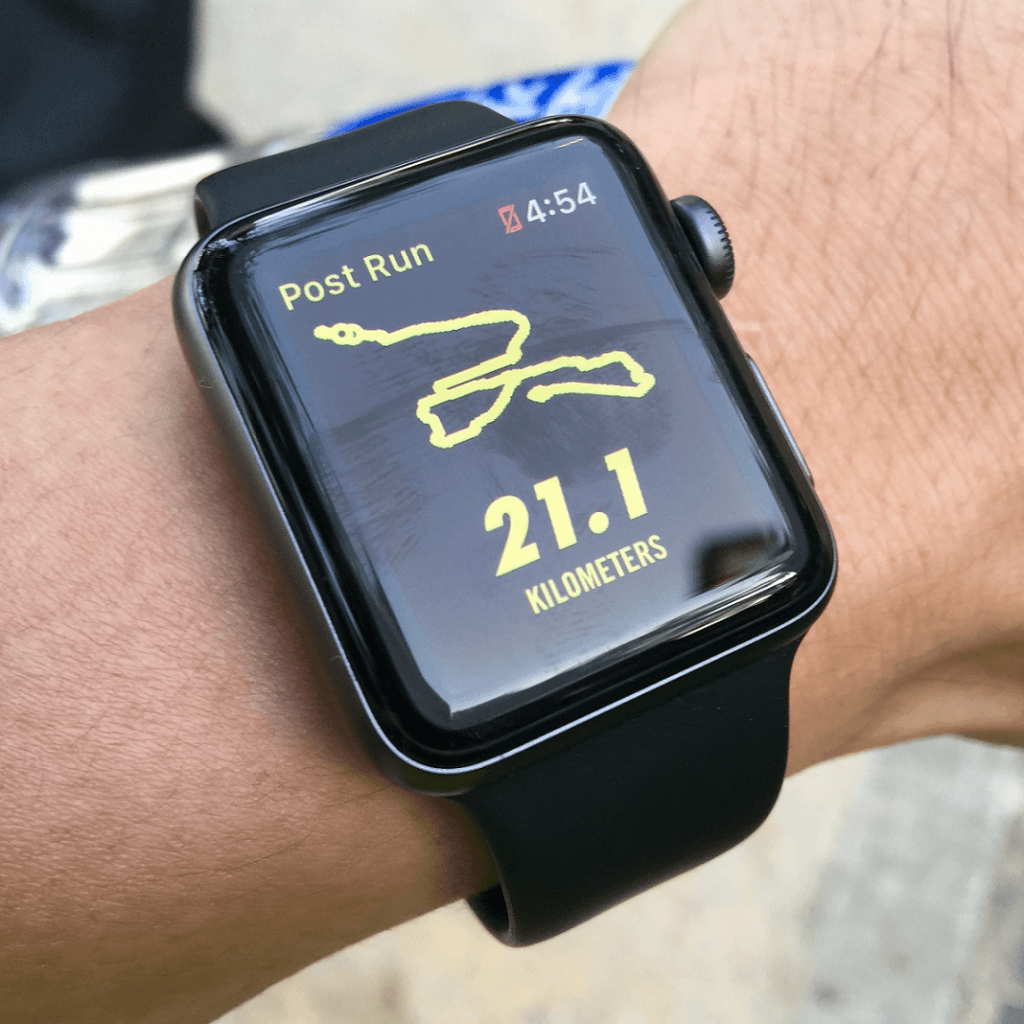How Short-Distance Runners Can Benefit from Long Runs

Are you a fan of shorter, faster races? Do fartlek sessions, track workouts and hill repeats make you buzz with excitement? And do long, slow slogs, on the other hand, drain the life (and joy) right out of you? Don’t worry. You’re not alone. Masochistic as it may seem, there are thousands of other runners who thrive on shorter, lung-busting training and racing efforts.

But what does this mean in practice? Does being better at running shorter, faster distances give you the green light to finally get rid of those life-sapping long runs for good? And will focusing solely on the shorter, faster stuff bring out the best in you as an athlete? Here’s what some experts have to say about the benefits (if any) of long runs for short(er)-distance runners.
Fast-Twitch vs. Slow-Twitch Fibers
But before we delve into the potential benefits of long runs, let’s get to the bottom of why some runners prefer to go short and hard, while others shine over longer, slower distances.
You probably know by now that human muscle fibers can be divided into two broad categories, namely slow-twitch (or Type I) and fast-twitch (or Type II) muscle fibers. As the name suggests, slow-twitch fibers are more efficient at oxygen consumption for the generation of fuel, and therefore enable continuous contractions over longer periods of time. These fibers are ideal for helping athletes sustain activity, as in the case of long runs and marathons.

Fast-twitch fibers, on the other hand, can be divided into two sub-categories, namely Type IIa and IIb fibers. Type IIb fibers are the classic fast-twitch fibers that make use of anaerobic metabolism to create fuel. As a result, these fibers excel at generating short, intense bursts of strength or speed. These fibers do, however, also tire more quickly than their slow-twitch counterparts. Type IIa fibers (also called intermediate fast-twitch fibers) use both aerobic and anaerobic energy.
And while, on average, most humans have a 50/50 make-up of slow- and fast-twitch muscle fibers, an athlete’s individual muscle fiber composition is, to a large extent, determined by genetics. Some Olympic sprinters are believed to be blessed with up to 80% fast-twitch fibers! Note, however, that you’re not entirely a victim of your genes. Developing your fast- or slow-twitch muscles through specific kinds of training is entirely possible.
The Benefits of Long Runs
So what then, are the benefits of long runs for those inclined to racing shorter distances? According to running coach Greg McMillan, long runs basically lead to the following key physiological adaptations in any athlete’s body:
- Enzymatic. By running long, you increase the number of enzymes in muscle cells. This, in turn, allows more oxygen to be delivered to your working muscles, allowing you to keep running for longer.
- Capillary. The same goes for capillaries. The more you run long, the more you grow capillaries, which act as small vessels around muscle cells. This also allows more oxygen to be transported to working muscles, thereby enabling muscles to keep going for longer.
- Musculoskeletal. Long runs done right strengthens the muscles, tendons and ligaments.
So whether you prefer faster, shorter events, or longer, slower ones, going long in training sets you up with a good physiological basis to perform your best in both. Improved oxygen delivery to muscles, for example, will hugely benefit a 5K racer, since the latter event is primarily an aerobic one. In addition, stronger muscles, tendons, bones and ligaments make you more capable of conducting effective short race-specific training, like fartleks and intervals.
How Long Is Long Enough for Short Distance Runners?
But how long is long enough, you ask? How far does a short-distance runner need to run in order to reap the full benefits of long runs without sacrificing speed? According to McMillan, the answer differs from person to person. For someone not used to running long, it will probably be best to systematically work their way up to a 90 minute weekly long run in order to stimulate the necessary physiological adaptions. And forget about pace while you’re working your way up to this time goal – focus on getting comfortable with the increased time spent on your feet instead. Once you’re comfortable with running for 90 minutes, McMillan recommends speeding up slightly for the last 15 minutes of your long run. And, if you feel up to it, you can even gradually increase your long run time to up to 2 hours.

The Longer, the Better?
But is it a case of “the longer, the better”, even for short(er)-distance runners? No, it isn’t. Olympian Dan Browne cautions that the benefits of long runs may cost you in terms of speed work. “What you get out of the extra miles will cost you in speed work later on”, says Browne. “When I brought my mileage up over a certain level, the quality of my speed work diminished.” So while doing weekly long runs is important, the focus for short(er)-distance runners should still remain on speed work and other quality workouts. And as far as the latter workouts, go, “…make sure you aren’t fatigued going into them,” warns McMillan.
Include Long Runs, but Keep It Low-Key
So while the benefits of long runs for short-distance runners are undeniable, it’s important to keep those long runs low-key. Do not let them become the focus of your training, and don’t let them detract from the quality of your speed work. Or, in the words of McMillan: “You should be able to accomplish it [your weekly long run] without carbo loading. You know that you have succeeded with your long run when you don’t have to do anything to prepare for it.”
Sources
- , Why non-marathoners still need long runs, Online publication
- , What are fast- and slow-twitch muscles?, Online publication
- , Fast-twitch and slow-twitch muscle types, Online publication
Latest Articles
 Is Running on a Treadmill Easier Than Running Outside?Runners have their own preferences, whether it is treadmill running, running outside on the road, or exploring trails. So...
Is Running on a Treadmill Easier Than Running Outside?Runners have their own preferences, whether it is treadmill running, running outside on the road, or exploring trails. So... Is It OK to Use Trail Running Shoes on the Road?While trail running shoes can be used on roads, especially in situations where a runner encounters mixed terrains or pref...
Is It OK to Use Trail Running Shoes on the Road?While trail running shoes can be used on roads, especially in situations where a runner encounters mixed terrains or pref... How to Fix Sore Quads After Running?Rest, ice, gentle stretching, and over-the-counter pain relievers can help soothe sore quads after running. Also, ensure ...
How to Fix Sore Quads After Running?Rest, ice, gentle stretching, and over-the-counter pain relievers can help soothe sore quads after running. Also, ensure ... 10 Fruits With The Most Electrolytes to Replace Sports DrinksThese fruits are high in electrolytes such as potassium, magnesium, and calcium, essential for hydration, muscle function...
10 Fruits With The Most Electrolytes to Replace Sports DrinksThese fruits are high in electrolytes such as potassium, magnesium, and calcium, essential for hydration, muscle function...

